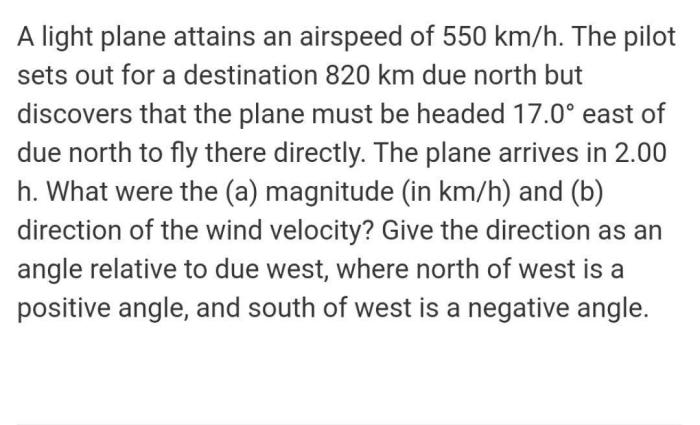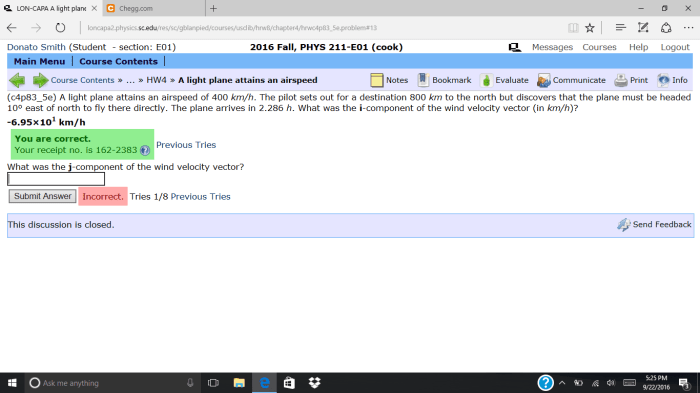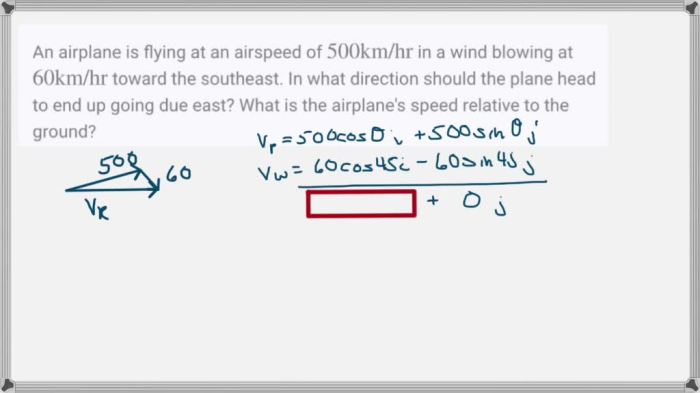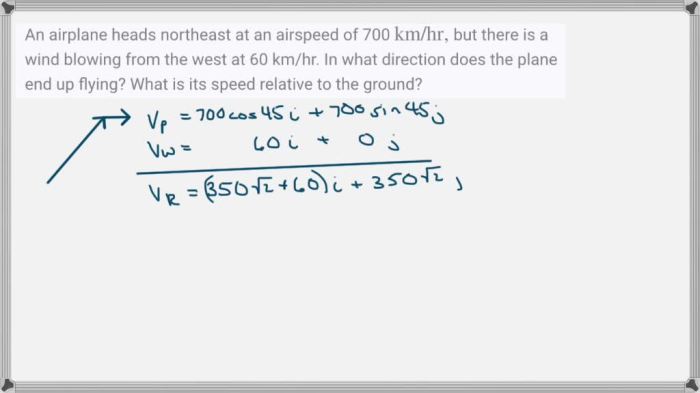A light plane attains an airspeed of 500 km/h, a remarkable feat that underscores the intricate interplay of aerodynamics, propulsion, and instrumentation in aviation. This in-depth exploration delves into the factors that govern airspeed, the instruments used to measure it, and its profound impact on aircraft performance and safety.
From the fundamental principles of lift and drag to the influence of altitude and wind, this comprehensive guide unravels the complexities of airspeed, providing a deeper understanding of the forces that shape the flight of light aircraft.
Basic Information: A Light Plane Attains An Airspeed Of 500 Km/h

Airspeed, a crucial parameter in aviation, refers to the velocity of an aircraft relative to the surrounding air. It plays a pivotal role in determining the aircraft’s performance, stability, and safety.
Light planes, also known as general aviation aircraft, are characterized by their relatively low weight, small size, and piston engines. They are typically used for recreational flying, training, and personal transportation.
Factors Affecting Airspeed
Engine power and propeller design are key factors influencing airspeed. A more powerful engine can generate greater thrust, resulting in higher airspeed. Propeller design, including factors such as blade shape and pitch, affects the efficiency of thrust generation and airspeed.
Aerodynamics also plays a significant role. Lift, generated by the wings, opposes the downward force of gravity, enabling the aircraft to fly. Drag, the resistance to motion through the air, acts in opposition to lift and limits airspeed.
Altitude, temperature, and wind conditions can also impact airspeed. At higher altitudes, the air is less dense, reducing lift and increasing drag, resulting in lower airspeed. Higher temperatures can reduce air density, leading to decreased lift and airspeed. Wind can either add to or subtract from the aircraft’s airspeed, depending on its direction and velocity.
Airspeed Measurement
Airspeed is typically measured using instruments such as pitot tubes and airspeed indicators.
Pitot tubes, mounted on the aircraft’s exterior, measure the difference between the total air pressure (ram air) and the static air pressure (surrounding air). This pressure difference is proportional to the airspeed.
Airspeed indicators, located in the cockpit, display the airspeed based on the input from the pitot tube. They typically provide three types of airspeed measurements: indicated airspeed (IAS), calibrated airspeed (CAS), and true airspeed (TAS).
Airspeed and Performance
Airspeed directly affects fuel consumption. Higher airspeeds generally result in increased fuel consumption.
Airspeed also impacts the aircraft’s climb rate, cruise efficiency, and maneuverability. A higher airspeed typically leads to a faster climb rate and increased cruise efficiency. However, excessive airspeed can negatively impact maneuverability and stability.
Pilots utilize airspeed to optimize flight performance. For example, during takeoff, they maintain a specific airspeed to ensure adequate lift and control. During cruise, they adjust airspeed to achieve optimal fuel efficiency and range.
Airspeed Limitations, A light plane attains an airspeed of 500 km/h
Stall speed is a critical airspeed limitation. It represents the minimum airspeed at which the aircraft can maintain sufficient lift to remain airborne. Exceeding the stall speed can lead to a stall, a dangerous condition where the aircraft loses lift and descends rapidly.
Factors affecting stall speed include weight, configuration, and altitude. A heavier aircraft requires higher airspeed to maintain lift. Similarly, aircraft with extended flaps or landing gear have higher stall speeds. Altitude also plays a role, as air density decreases with increasing altitude, leading to a higher stall speed.
Pilots must be aware of the stall speed and avoid exceeding it to ensure safe flight.
Questions and Answers
What is airspeed?
Airspeed is the speed of an aircraft relative to the surrounding air.
How is airspeed measured?
Airspeed is measured using instruments such as pitot tubes and airspeed indicators.
What are the factors that affect airspeed?
Factors that affect airspeed include engine power, propeller design, aerodynamics, altitude, temperature, and wind.
What is the relationship between airspeed and fuel consumption?
Fuel consumption generally increases with increasing airspeed.
What is the stall speed?
The stall speed is the minimum speed at which an aircraft can maintain level flight without losing lift.


